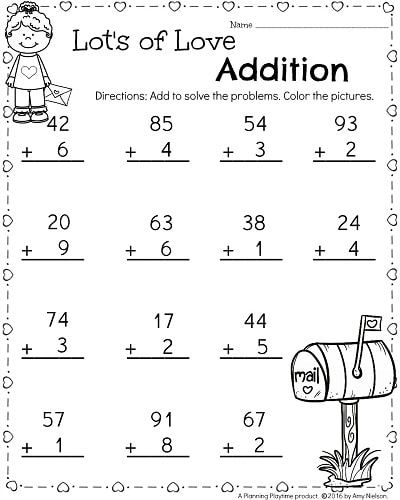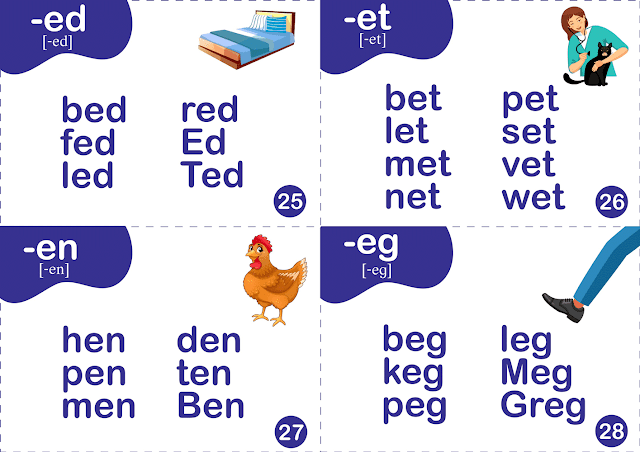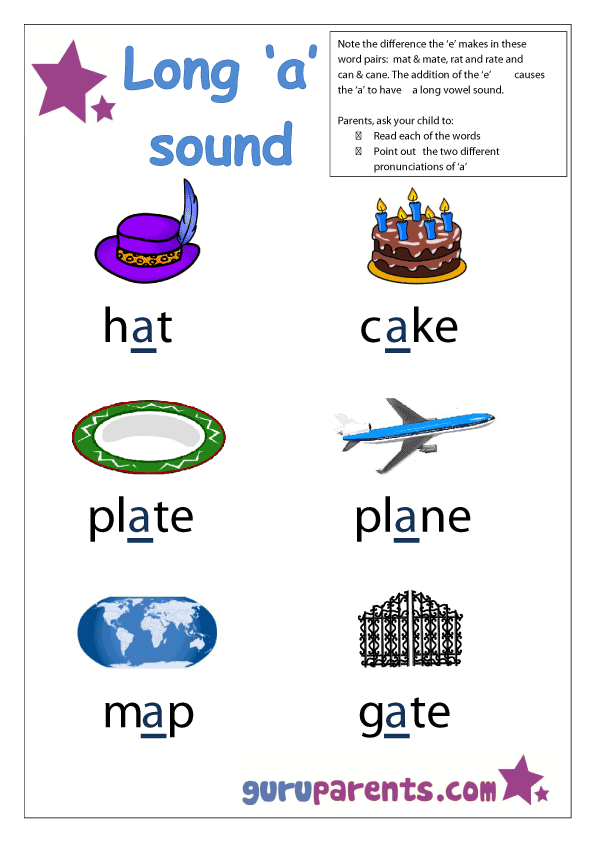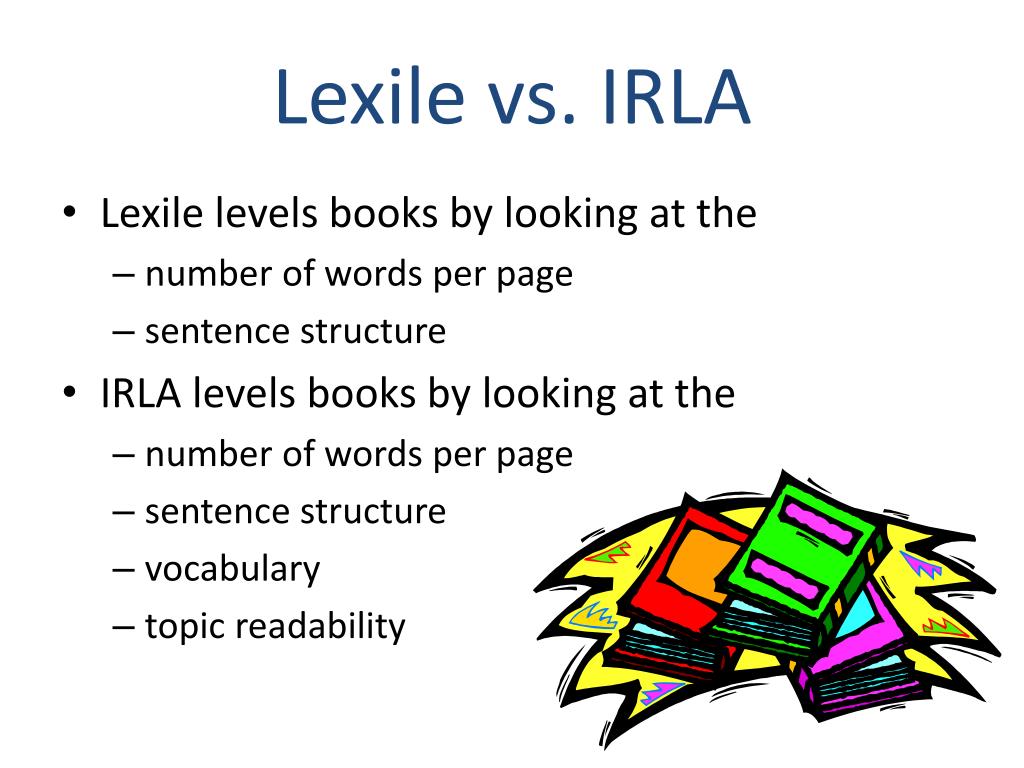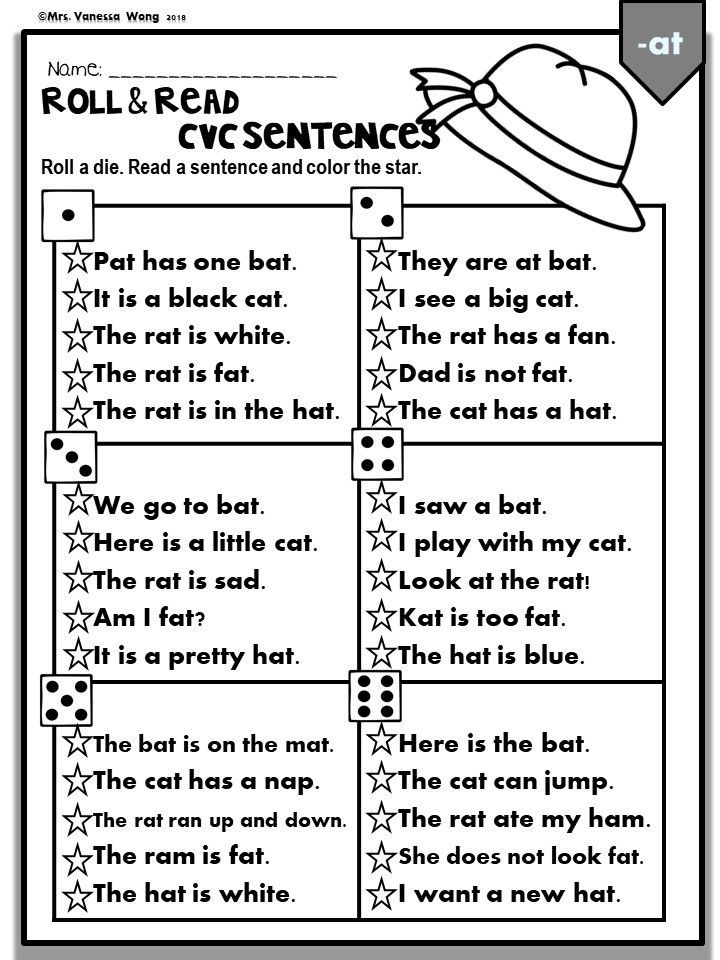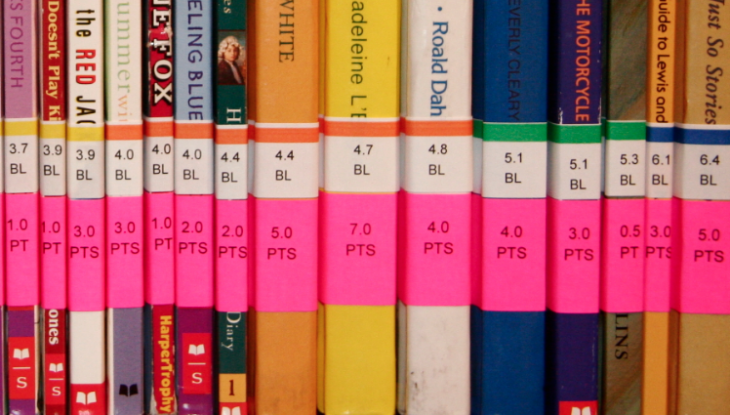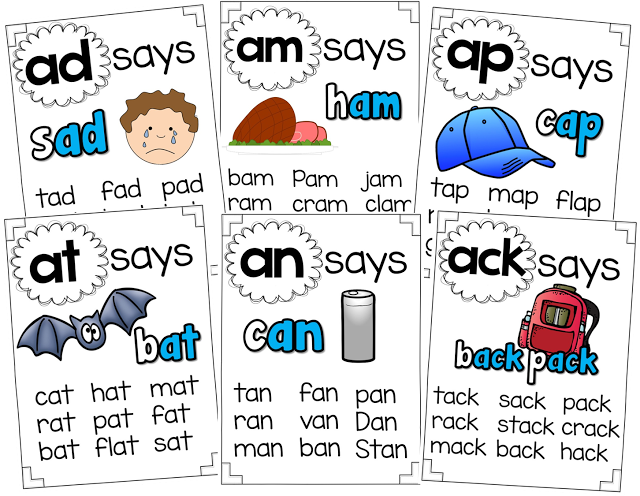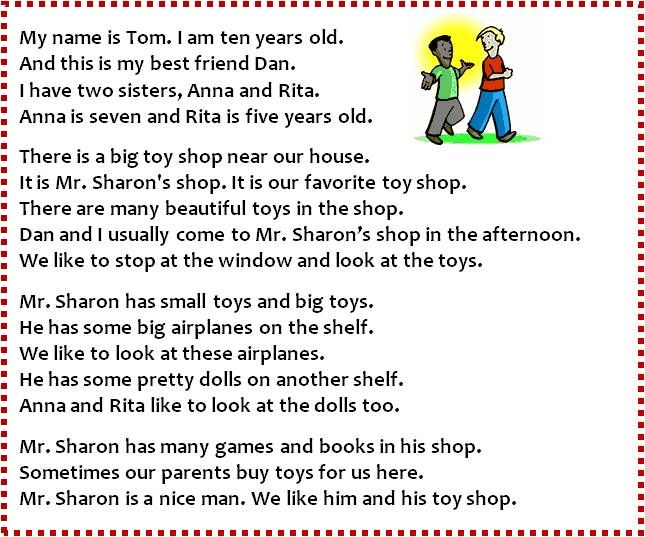Letters and numbers for toddlers
How to Easily Teach Your Child Their Letters and Numbers
Spread the love
While it may seem like only yesterday your little ones were learning to take their first steps; believe it or not, it may be time for them to conquer their letters and numbers -OR- ABCs and 123s! While every child is different, many report their child either expressing interest or being able to recite the alphabet and numbers by the time they are a mere two years old. On the flip side, many other parents share their children are not ready or able to appropriately recite knowledge of this information until four years of age. Regardless of your child’s individual abilities and timeline, it is best to be prepared to help them throughout their learning process.
Feeling overwhelmed? Not sure how to go about teaching this very important information?
Don’t worry, teaching a child to both recall and recite their alphabet and numbers can not only be quite easy, but also quite fun in the process!
Our Story
Shortly after my daughter turned three she began expressing an interest in identifying more and more letters of the alphabet. In fact, she would grow quite frustrated when there was one she didn’t know and would come to me for identification of a letter time and time again. This same process repeated itself until one day I turned to Google for a brief search, “when should a child be able to identify the letters of the alphabet?”
Like a punch to the gut I was shocked to learn that many children (even a year younger than my daughter) were already identifying their letters and numbers. Having not gone through this important milestone before (she being my oldest child), I naively assumed that she would pick up on these skills in preschool, etc. and we would work on them in more detail on a later time (perhaps when she was a bit older). After all, she already knew how to sing her ABCs, did she also need to know how to identify them separately as well?… wasn’t she JUST learning to potty train?! Needless to say, I was wrong. While there is no use pushing a child to learn a skill when they are not yet ready, my daughter was clearly showing me all the signs that she wanted to learn and I needed to get on board… and QUICK!
Not sure where to best start (other than with standard flash cards), I turned to the pros (a.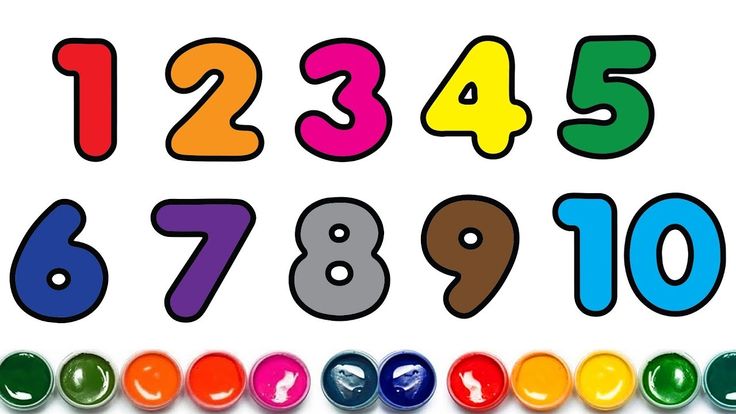 k.a. seasoned mamas) and asked for their advice in my “Creative Mamas! Facebook Group“. Within no time, I had a game plan full of highly recommended creative strategies to implement into our learning process.
k.a. seasoned mamas) and asked for their advice in my “Creative Mamas! Facebook Group“. Within no time, I had a game plan full of highly recommended creative strategies to implement into our learning process.
Over the course of the next couple of weeks we implemented an “alphabet and letter learning” game plan and got to work. Within no time, a mere couple of weeks to be exact, my daughter had every last letter and number memorized and we celebrated with an “ABC-123 pizza party” at Pizza Ranch (per her request ;)).
Our Exact Strategy to Learning Letters and Numbers
While every individual learns differently, I felt it best in this particular situation to literally surround my daughter in a world of letters and numbers. My goal was to educate (in a fun way!) throughout every moment of the day so that she didn’t feel like there were set “forced” learning moments… instead it would become a fun new way of life.
* Affiliate links are included in this post. All this means, is that if you click on one of those links and purchase something, I may receive a small commission.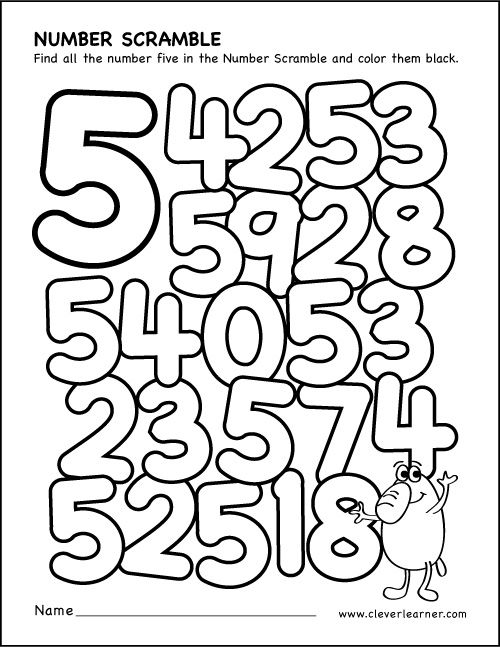 However, you will not pay a penny more- promise!
However, you will not pay a penny more- promise!
- 1.) I decided to write one letter and one number per sticky note. I then stuck them around the entire house. On the bathroom mirror, by her bathtub, on her toy kitchen, in her room, in the hallway, on the door, on the picture frames, etc. While passing every letter we’d stop and say the letter together.
- 2.) I purchased bathtub letters and numbers here (per recommendation of a mama in the Creative Mamas! Facebook Group) and incorporated them into our nightly bath time routine.
- 3.) I purchased The Letter Factory DVD here (per recommendation of a mama in the Creative Mamas! Facebook Group) and let my daughter watch the 30-minute video a few times a week.
- 4.) During mealtime we incorporated speed flashcard rounds adding a few more letters every day once she mastered the others. I purchased these exact cards here and here.
- 5.) I dedicated a letter or two per day by showcasing it on a large chalkboard in our kitchen (a dry erase board in a common area could have the same effect).
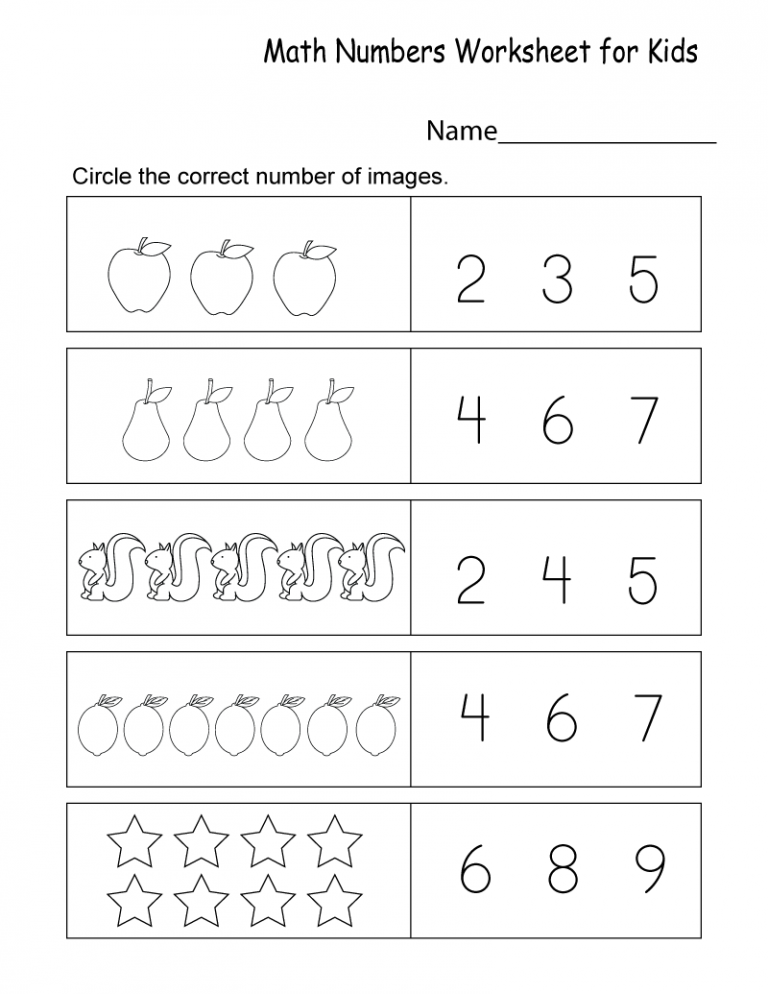
That was it! After a couple weeks of surrounding ourselves in all things letters and numbers, my daughter not only easily mastered her ABCs and 123s but she had fun doing so. As a busy mom (who also found herself chasing after a 1-year-old all day long), what I loved most about this strategy is that the entire process was very stress-free and could be implemented in very short (reasonable) increments of time all day long.
Additional Learning Materials
While we didn’t use these exact products ourselves, a quick walk through local stories (i.e. Target) showed me that there are endless amazing resources just waiting to be utilized! Some of my favorites include:
- Play-Doh Shape and Learn Letters and Language – because who doesn’t love learning with Play-Doh?!
- Wipe Clean: Letters (Wipe Clean Learning Books) – if your kiddo learns best by being hands on and writing/drawing… then this is for them!
- VTech Alphabet Apple – if your child loves electronics and all things games… then I’ve heard great things about this!
- The Learning Journey Lift & Learn ABC Puzzle– is your child a puzzle lover? Then this puzzle is the one to get!
- The Learning Journey Match It! Counting– I love that this incorporates both puzzle and flashcards into a fun activity!
- Education.
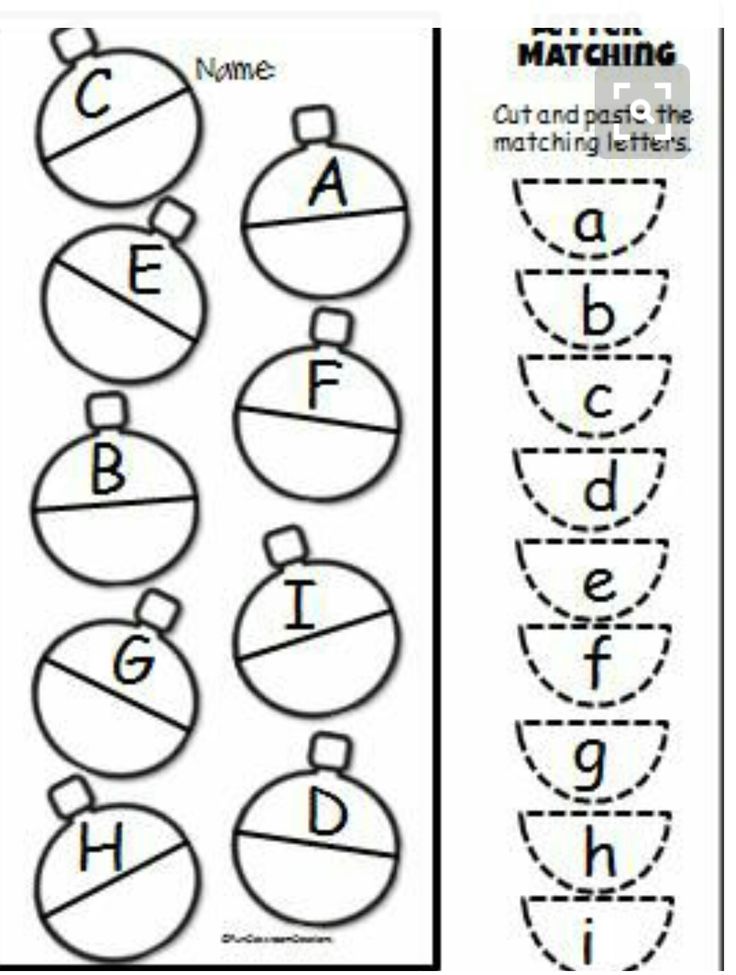 com’s amazing worksheets! – I love that there are so many to choose from!
com’s amazing worksheets! – I love that there are so many to choose from!
*BONUS: Education.com has graciously offered a FREE “Letter Match-Up Preschool Spelling” activity that can be downloaded here!
Have additional ideas that worked great for your kiddo? I’d love to hear them! Share in the comments below!
Spread the love
7 fun Activities to Learn Letters and Numbers
Letters and numbers are the foundation for almost all educational activities and knowing them opens so many wonderful opportunities for exploration. But they can be hard and boring to learn…It’s all in the presentation! We will show you 7 great activities for learning letters and numbers
Article Contents
1. Factors that influence learning numbers and letters
2. When is a good time to start learning Letters and Numbers?
3.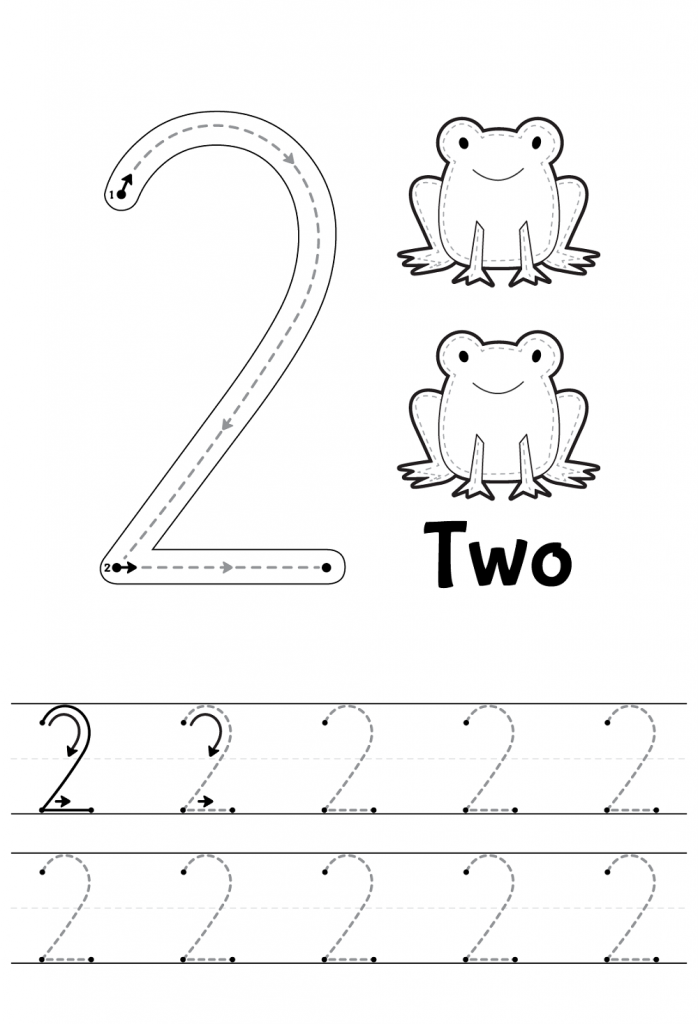 Materials needed for Letters and Numbers activities
Materials needed for Letters and Numbers activities
4. How to make a Board we will use for an activity
5. How to make Letters and Numbers
5.1. ACTIVITY 1: Recognizing Letters
5.2. ACTIVITY 2: Connecting Sound with a Shape
5.3. ACTIVITY 3: Connect Letters to a Word
5.4. ACTIVITY 4: Connecting Numbers
5.5. ACTIVITY 5: Connecting Numbers Backward
5.6. ACTIVITY 6: Connecting Even Numbers
5.7. ACTIVITY 7: Connecting Odd Numbers
Factors that influence learning numbers and letters
When talking about factors that influence the speed, and how easily children learn to recognize and use numbers and letters, we can talk about biological and environmental factors. Numerous studies have shown that genetics influence how easy children can learn to read, write, and calculate. There is also evidence that genetics plays a major role in learning disabilities like dyslexia or dyscalculia.
Numerous studies have shown that genetics influence how easy children can learn to read, write, and calculate. There is also evidence that genetics plays a major role in learning disabilities like dyslexia or dyscalculia.
We can’t influence biological factors that much, but we can surely play a big role in environmental factors. Using activities that teach letter-sound relations and how to recognize written words helps children in mastering reading skills. And activities like reading stories aloud and discussing them with a child improve language and comprehension skills.
Math is one of the least favorite school activity for Children, but math can be really fun!And what are some signs that can show us if there is a potential of reading and counting difficulties through the child’s life? Meta research shows that there are 3 factors that can predict the speed and ease at which the child could learn reading skills through early education: Letter Knowledge, Phoneme Awareness and Rapid automatized naming.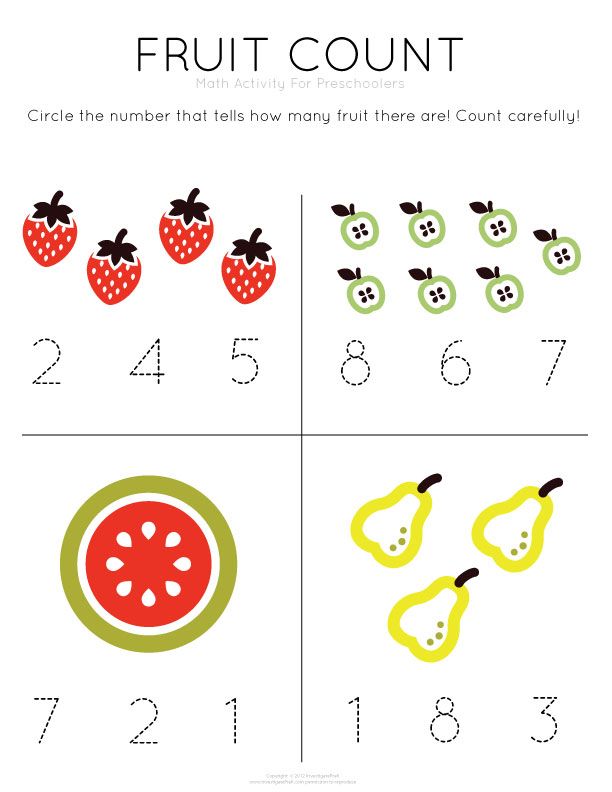
- Letter Knowledge: refers to knowledge that written letters or numbers correspond to specific phonemes in spoken words.
- Phoneme Awareness: refers to the ability to manipulate words or nonwords and recognize incomplete words. The best example would be the task: “Say the word “House” but without “H”. The answer should be “ouse”.
- Rapid automatized naming: refers to the ability of a child to rapidly name a list of letters, colors, numbers, and pictures.
These 3 skills are strong predictors of how the child will perform in activities that are connected with letters and numbers. If children are coping with those skills through early education, that can even indicate some learning problems. But as with all “tests” for children, we should be careful with drawing conclusions since there can be big individual differences, especially at an early age.
When is a good time to start learning Letters and Numbers?
There are big individual differences in certain developmental milestones and that’s especially pronounced at an early age.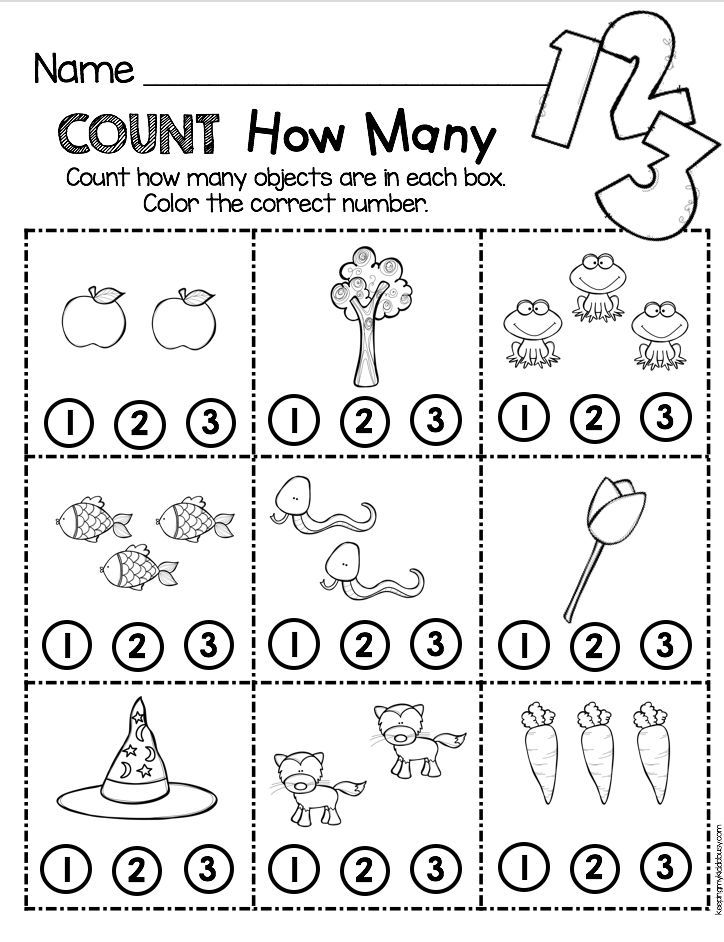 So, before starting any learning activity, think about your child’s current capabilities and interests. We want to provide activities that are just a little above his/her current capabilities so they are educational, but not frustrating. Unrealistic expectations can produce shame and frustration in your child and in the long run affect his/her confidence and willingness to try new activities.
So, before starting any learning activity, think about your child’s current capabilities and interests. We want to provide activities that are just a little above his/her current capabilities so they are educational, but not frustrating. Unrealistic expectations can produce shame and frustration in your child and in the long run affect his/her confidence and willingness to try new activities.
So there are individual differences, but some general age when it’s an appropriate time for most children to start exploring letters and numbers is around 3 years old. Some children can learn to count mechanically to 10 even earlier, at 2 years. However, they don’t understand the concept of counting and numbers in general and are just repeating what they learned by heart.
Around age 3, children can start to explore different concepts around letters and numbers, recognizing them, understanding how sound and symbol are connected, how they can be chained… Of course, never force them to sit and learn.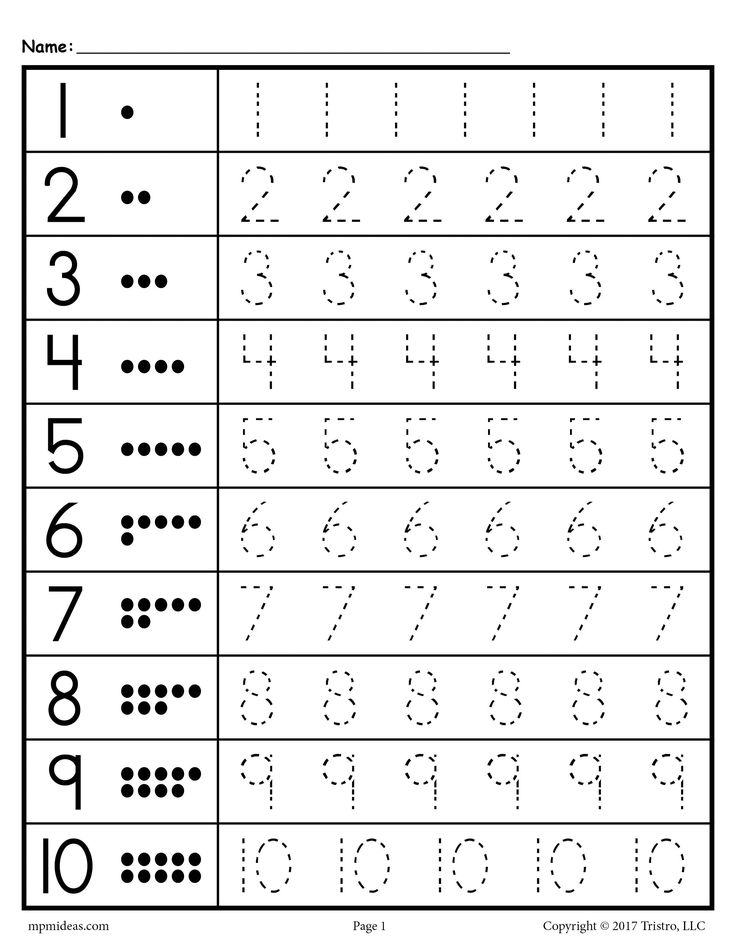 Make it fun and engaging and they will be interested to continue on their own. The more we learn about a certain topic, the stronger the connection between neural pathways in our brain forms and it will be easier to build upon that knowledge in the future.
Make it fun and engaging and they will be interested to continue on their own. The more we learn about a certain topic, the stronger the connection between neural pathways in our brain forms and it will be easier to build upon that knowledge in the future.
We will show you 7 activities which are both educational and fun and you can adapt their complexity to your child’s capabilities and interests. In the spirit of STEM Engineering, we will also show you how to prepare your own learning materials, so you can include your child in the preparation. That will be a good opportunity to work on some motor skills development as well as creativity.
Materials needed for Letters and Numbers activities
All we need for these activities are some Colored paper, Rubber bands, Pins, and a Board.- Colored paper (different colors if possible)
- Scissors
- Pencil
- Board (Styrofoam or regular cardboard to make your own)
- Pins
- Rubber bands
How to make a Board we will use for an activity
Watch the video at the beginning of the article for a step by step instructions on how to create the letters and numbers activity or read on for detailed explanations for each idea you can use.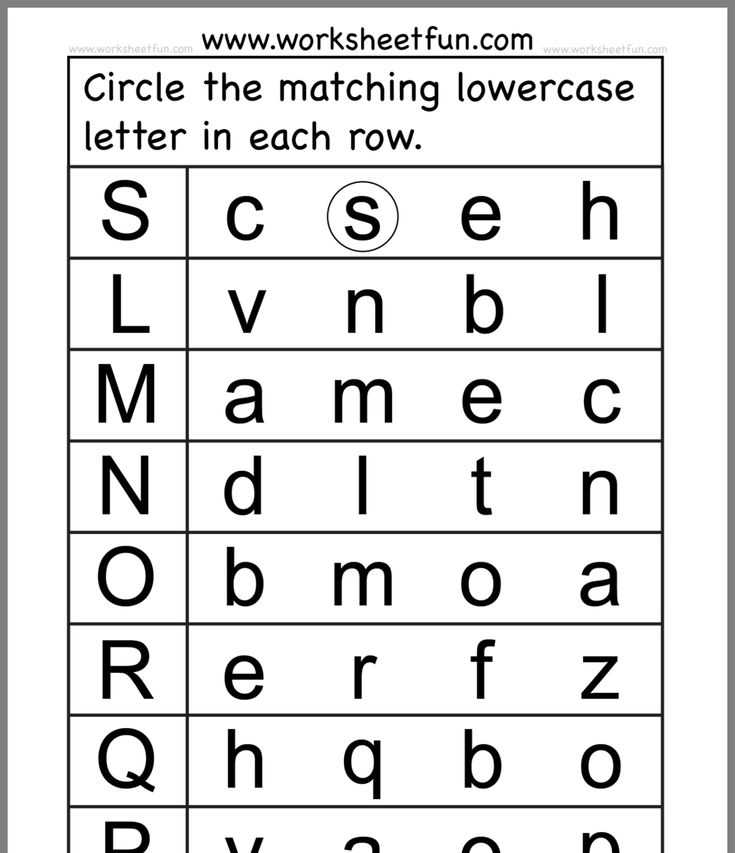
If you want to make your own board, all you need to do is take a cardboard box (empty shoebox or from some gadget). You can tape decorative paper around it to make it more pretty and interesting. There should be empty space beneath the box so pins can go through it. Include your child in making it. They can cut paper or tape it, or even choose the decoration. STEM Engineering at work!
How to make Letters and Numbers
Write the letters and numbers on colored papers of your choosing (you can use one color for numbers and one for letters for easier discrimination).
Cut them with the help of your child. Using scissors is great for fine motor skills and oculomotor coordination. If letters and numbers are not perfectly symmetrical, even better! That will help your child with a generalization of shape. Letters and numbers have the same meaning even if there are differences in the way they are written.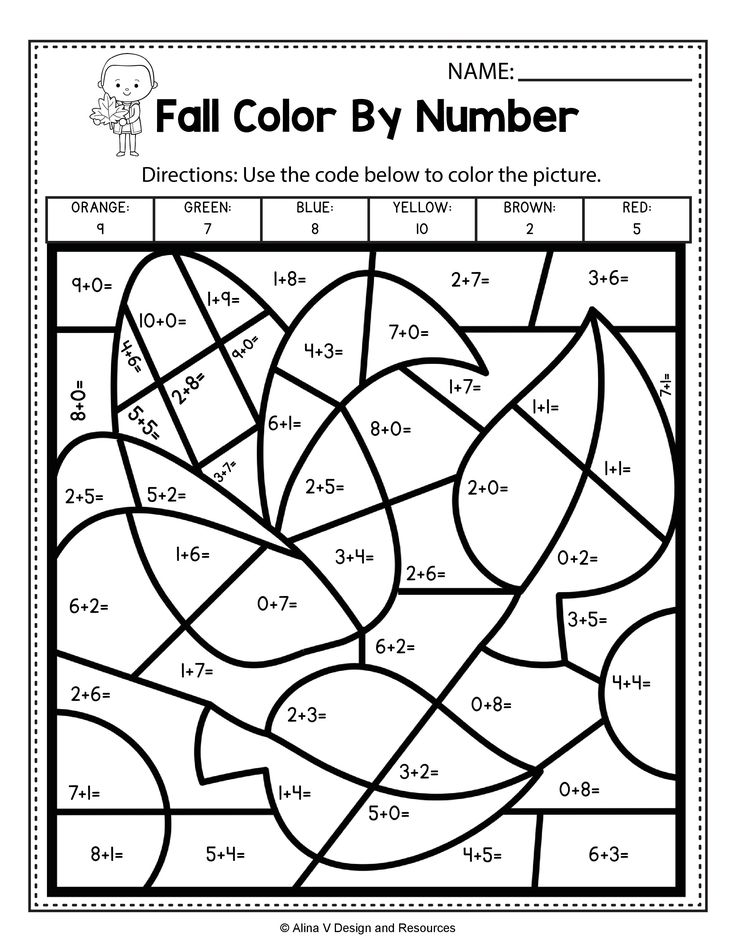
ACTIVITY 1: Recognizing Letters
Write some words or sentences on a piece of paper and tell your child to copy them on the board with paper letters. This activity is based on recognizing the shape of letters, so it can be used as a starter activity.
ACTIVITY 2: Connecting Sound with a Shape
Tell your child a letter, a word or a sentence (depending on age and how hard you want it to be, but always start with simpler tasks) and ask him/her to use paper letters to write down what you said. This activity is more complex because the child must already know letters to do it, so present it only after you practiced recognizing letters.
ACTIVITY 3: Connect Letters to a Word
Prepare a board by putting scrambled letters on it and use a pin to secure them. Ask your child questions, such as “Where do you live?” or “What is your name?” and her/his task is to connect the letters in the right order with the rubber bands.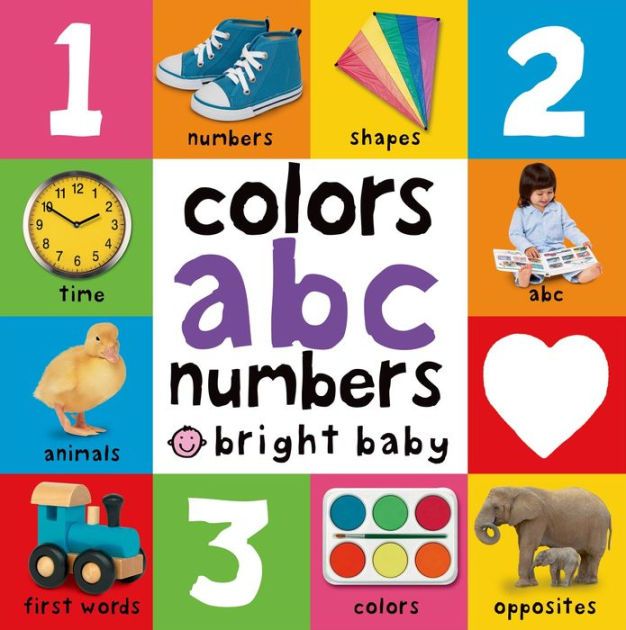
Make sure all the letters child needs are on the board with some extra to make it more difficult.
This activity combines testing your child’s knowledge about the world, practicing motor skills and understanding letters. You can, of course, make it simpler, by providing a word that your child needs to connect by telling it or even writing it.
ACTIVITY 4: Connecting Numbers
Prepare a board by putting scrambled numbers on it and use a pin to secure them. Ask our child to connect numbers in order. Depending on your child’s age and knowledge, you can start with only a few numbers (like connect 1, 2, 3) and go from there.
ACTIVITY 5: Connecting Numbers Backward
Same as in previous activity, prepare a board by putting scrambled numbers on it and use a pin to secure them. This time ask your child to connect numbers but backward, starting from a number of your choosing.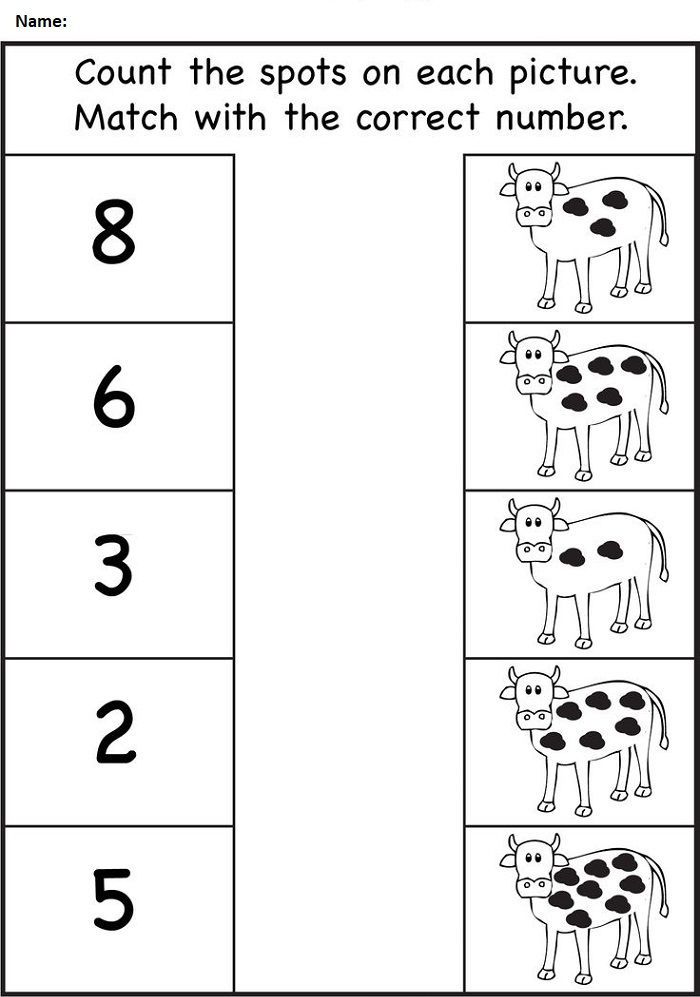 This is a more complex activity since counting backward is a more abstract process for your child.
This is a more complex activity since counting backward is a more abstract process for your child.
ACTIVITY 6: Connecting Even Numbers
When you are certain a child understands how to count numbers, suggest this activity. First, prepare a board by putting scrambled numbers on it and use a pin to secure them. Ask the child to connect even numbers in order.
Understanding even and odd numbers is important for further development of math skills. Even numbers are easier to understand so it’s advisable to practice them first.
ACTIVITY 7: Connecting Odd Numbers
When your child understands concepts of counting, counting backward and even numbers, you can start with this activity where the task is to connect odd numbers. As always, prepare a board by putting scrambled numbers on it and use a pin to secure them. Ask the child to connect odd numbers in order.
After practicing this activity, your child will have a solid base to understand all kinds of arithmetic sequences.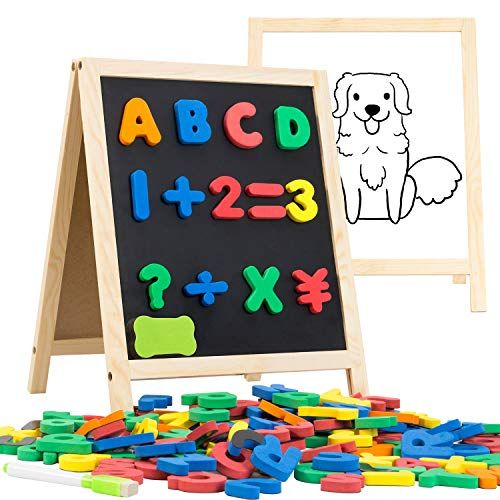
These are only suggestions for activities you can do with your child. You can make them as simple or complex as you wish, but remember to always take into consideration the current developmental stage of your child and his/her interests!
Using the right activities for the current development stage will make the child learn and develop.If it’s too simple, the child will be bored and won’t be engaged in the activity. If it’s too hard, it will lead to frustration for both you and your child. Fun and play are the best catalysts for learning, so make sure there are a lot of those. Happy learning!
If you want to start with something simpler and are just introducing letters to the preschool children, be sure to check Fun Activity to Introduce Letters to Preschoolers. And if these activities are too easy for your child, we recommend you check the How to learn Fractions fun and easy way activity. If you are interested in Number Pi (π), read the comprehensive article and learn all about that mysterious number. How about making your own cipher wheel? And for those “lost in time”, be sure to check how to make a cardboard clock and learn time.
How about making your own cipher wheel? And for those “lost in time”, be sure to check how to make a cardboard clock and learn time.
If you’re searching for some great STEM Activities for Kids and Child development tips, you’re in the right place! Check the Categories below to find the right activity for you.
STEM Science
Videos, guides and explanations about STEM Science in a step-by-step way with materials you probably already have at your home. Find new Science ideas.
Read more
STEM Technology
Videos, guides and explanations about STEM Technology in a step-by-step way with materials you probably already have at your home. Find new Technology ideas.
Read more
STEM Engineering
Videos, guides and explanations about STEM Engineering in a step-by-step way with materials you probably already have at your home. New Engineering ideas!
Read more
STEM Math
Videos, guides and explanations about STEM Math in a step-by-step way with materials you probably already have at your home.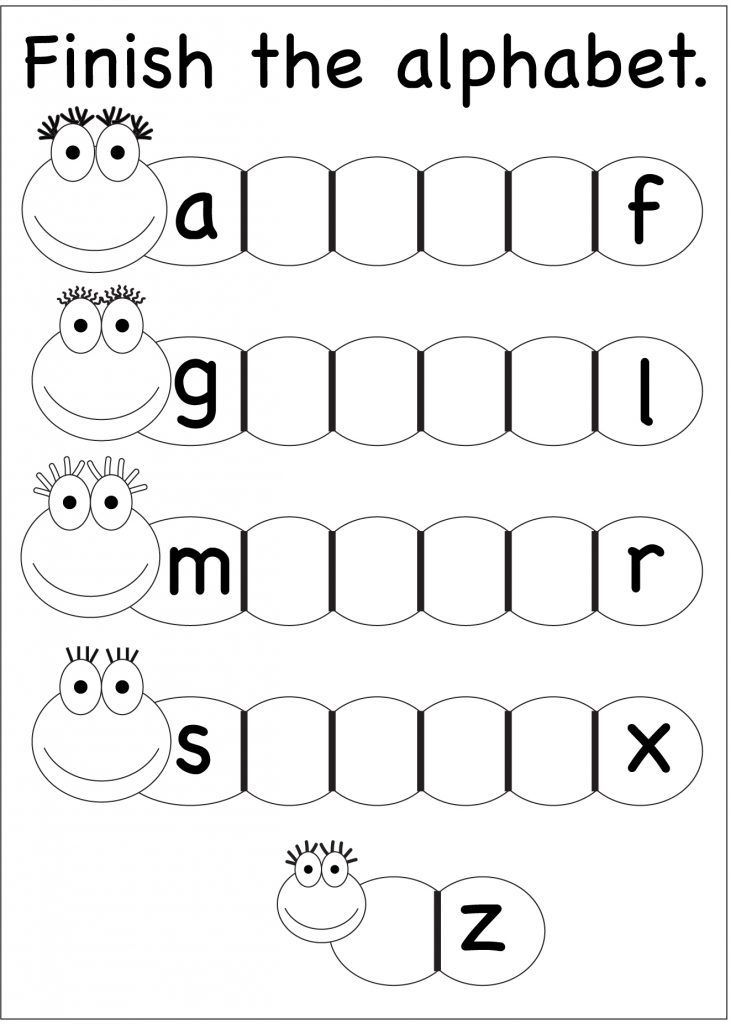 Find new Mathematics ideas.
Find new Mathematics ideas.
Read more
Psychology
Find out all about development psychology topics that you always wanted to know. Here are articles from child psychology and development psychology overall.
Read more
First year of Child’s Life
Following a Child’s development every month from its birth. Personal experiences and tips on how to cope with challenges that you will face in parenting.
Read more
About Iva Leder
Big lover of technology and everything that has some form of code in it. She sees great potential in every child and her job is to find the right method to express that potential.
View all posts by Iva Leder | Website
Posted in: STEM, STEM Engineering, STEM Math | Tagged: Activity, Child Development, Children, Cognitive Development, Creativity, Development Stages, Engineering, Excercises, Learning, Letters, Math, Motor skills, Numbers, Paper Activities, STEM, stem activities for 1st grade, stem activities for kindergarten, stem activities for preschoolers3k
5k
891
Learn letters and numbers in the category "Products for children"
Book Learn letters and numbers. For children from 3 to 6 years old (hard)
For children from 3 to 6 years old (hard)
In a warehouse in Kiev
Delivery in Ukraine
137 UAH
273 UAH
Buy
Learn letters and numbers. For children from 3 to 6 years old
In stock in Kiev
Delivery in Ukraine
for 137 UAH
from 2 sellers
137 UAH
273 UAH
Buy 9
0002 EDUCATIONAL GAME SET. Viterly LILIA I numbers (art.
Delivery in Ukraine
27.46 UAH
48.58 UAH
Buy
Tatyana Tsvetkova Academy of Sunny Bunny. Learn letters and numbers. We train the hand for children 4-5 years old (set
on warehouse
Delivery in Ukraine
222 UAH
Buy
Learn numbers and letters
In stock in Kiev
Delivery in Ukraine
63 UAH
0003Buy
lotto "Letters and numbers" 30369 (Ukrainian) SW
Delivery in Ukraine
. 06 UAH
06 UAH
392.28 UAH
Set of Magdum magnets "MEL4031-09 EN SW
Delivery across Ukraine
399.31 UAH
518.58 UAH
Buy
Lotto "Letters and numbers" (ukr.) Denver Lotto "Letters and numbers" (ukr.)
9000 Delivery2 In a warehouse in Kiev
269.99UAH
400 UAH
Buy
Children's drum helps to take the first steps in learning numbers, shapes and letters.
Delivery in Ukraine
150 UAH
Buy
Molbert Plastic Tk Union Group Board Knowledge Board 4 in 1 magnetic signs of numbers and letters (12238/1)
in warehouse
Delivery 9000 9000 945 GRN
1 045 UAH
Buy
Double-sided plastic easel TK Group Knowledge board 4 in 1 magnetic signs numbers and letters (12238)
In stock
Delivery across Ukraine
945 UAH
Buy
Educational lotto "Bingo Ringo" Learn letters and colors, Danko Toys, GBR-01-01U
In stock in Ukraine
Delivery across Ukraine112 UAH
Buy
Molbert two -sided letters and numbers with a stand Smoby OL32439 PM, Code: 7425066
Delivery in Ukraine
9000 5 739.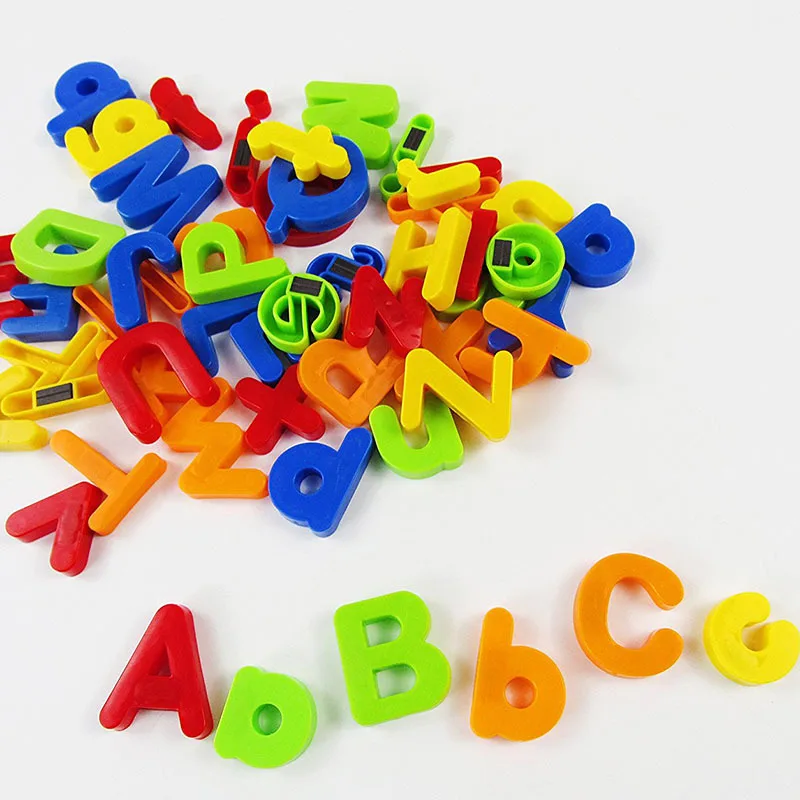 98 UAH
98 UAH 8 200 UAH
Buy 9000 ”, with stand, on metal legs, 3+ | 410103
In stock in Kiev
Delivery across Ukraine
3 700 hryvnia
Buy
Double-sided easel Smoby "Letters and numbers" on metal legs with accessories, 3+ | 410307
In stock in Kiev
Delivery across Ukraine
2 500 UAH
Buy
See also
Smoby double-sided easel with height adjustment "Letters and numbers, 3, on stands, with stands, | 410205
In stock in Kyiv 9Ol000 Numbers with stand Smoby OL32439 MN, code: 7425066
Delivery across Ukraine
5 739.98 UAH
8 200 UAH
Buy
900KS02Delivery in Ukraine
218.98 UAH
310 UAH
Buy
Religious records of the letter and numbers Lipoland A5 102102 OB, Code: 7769273 9000 double-sided Letters and Numbers with stand Smoby OL32439 HR, code: 7425066
Delivery across Ukraine
5 739.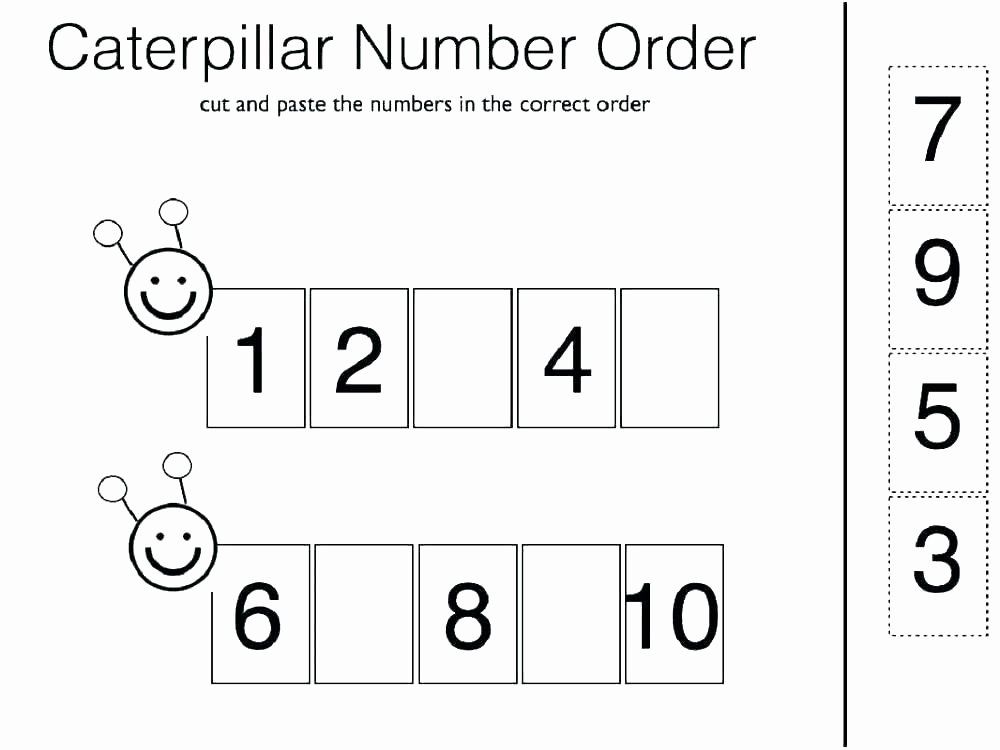 98 UAH
98 UAH
8 200 UAH
Buy
Lotto Strateg 336UKR ZK, Code: 7424149
Delivery in Ukraine
218.98 UAH
310 UAH
Buy
Set for children's modeling “Letters and numbers” Genio Kids (TA1083_UA)
at warehouse
Delivery by Ukraine
210 hryvnia
Buy
Set for children's modeling "Letters and numbers" TY4430
In stock
Delivery in Ukraine
259 UAH
Buy
Book Relive magic pictures by letters, numbers and numbersOl000 UAH
Buy
Book Abtity
in warehouse
Delivery in Ukraine
260 - 304 UAH
from 3 sellers
260 UAH
Buy
Musical Development phone "Cat Tom" on batteries, teaches numbers, teaches numbers, teaches digits letters, figures 7344 9Ol000
Buy
Learn letters easily
We read, we learn
When the kid remembers the letters, you need to move on to a new stage of learning - now he must master reading.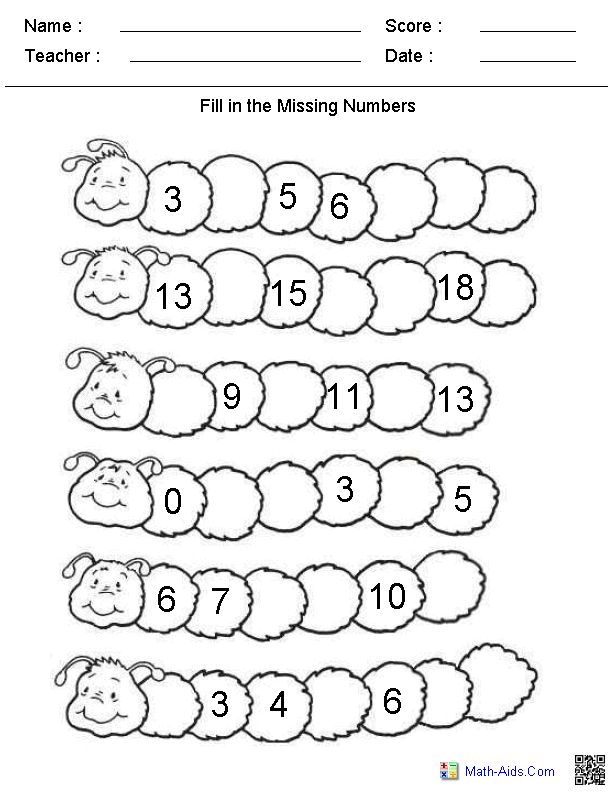 For a child, this is not easy - he needs motivation and fun company. The cartoons of the Kapuki Kanuki channel will help in both, in which training takes place in an entertaining simple manner.
For a child, this is not easy - he needs motivation and fun company. The cartoons of the Kapuki Kanuki channel will help in both, in which training takes place in an entertaining simple manner.
All episodes of the cartoon
Sorry, there was a YouTube error.
About cartoons
Despite the fact that today there are a lot of educational cartoons, most of them teach children the alphabet, that is, it helps to remember letters. But there are very few projects that would teach how to put them into words. Studio "Kapuki Kanuki" has chosen just such videos for its little viewers. Watch online cartoons “Learning to read. Kapuki Kanuki" will be interesting even for those kids who have not yet memorized the letters. And all because these videos help both learn letters and learn how to put them into words. For example, the cheerful and mischievous faucet Styopa must first find a cube with a letter, and only then bring it to the construction site, where he can collect some word from these cubes. According to a similar principle, cartoons about Umnyash the Engine are built.
But there are very few projects that would teach how to put them into words. Studio "Kapuki Kanuki" has chosen just such videos for its little viewers. Watch online cartoons “Learning to read. Kapuki Kanuki" will be interesting even for those kids who have not yet memorized the letters. And all because these videos help both learn letters and learn how to put them into words. For example, the cheerful and mischievous faucet Styopa must first find a cube with a letter, and only then bring it to the construction site, where he can collect some word from these cubes. According to a similar principle, cartoons about Umnyash the Engine are built.
All cartoons are designed for children from the age of one. But usually these kids like the action itself, cute characters and colors. As a rule, a child begins to memorize letters at about two years of age, and learning to read begins at three years of age.
How to teach a child to read?
A child learns the world through play.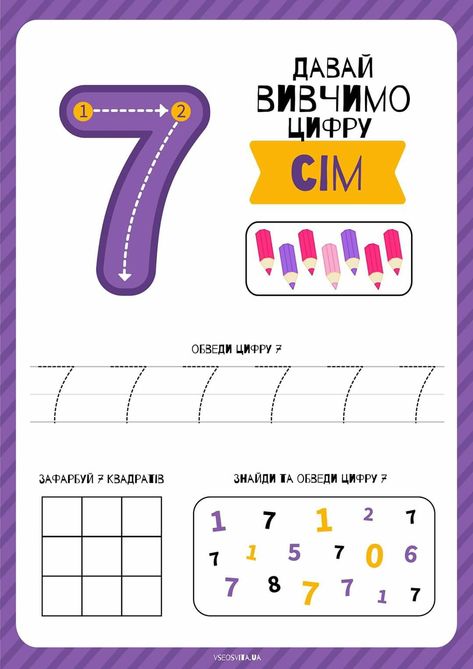 And if you force him to sit for hours over the alphabet, reading syllable by syllable, then the only thing that can be achieved with the help of this activity is to instill an aversion to reading. Instead, it is better to use the same tricks as in Kapuki Kanuki cartoons. Pick up blocks with letters, take your kid's favorite car (preferably a truck or a dump truck), and let you have a toy construction site where you will assemble some word from the blocks. Start with the simplest ones - "mom", "dad", "home", "cat", that is, with those words that the child is already familiar with.
And if you force him to sit for hours over the alphabet, reading syllable by syllable, then the only thing that can be achieved with the help of this activity is to instill an aversion to reading. Instead, it is better to use the same tricks as in Kapuki Kanuki cartoons. Pick up blocks with letters, take your kid's favorite car (preferably a truck or a dump truck), and let you have a toy construction site where you will assemble some word from the blocks. Start with the simplest ones - "mom", "dad", "home", "cat", that is, with those words that the child is already familiar with.
An important point is that reading is not an end in itself. This is a kind of tool that opens a window into an amazing and magical world. Therefore, the motivation for the child may be the desire to read an interesting fairy tale. Buy him books about the adventures of his favorite cartoon characters - the child will be interested to know what happened to them outside the cartoon. If the kid has such a motivation, then he will learn to read much faster.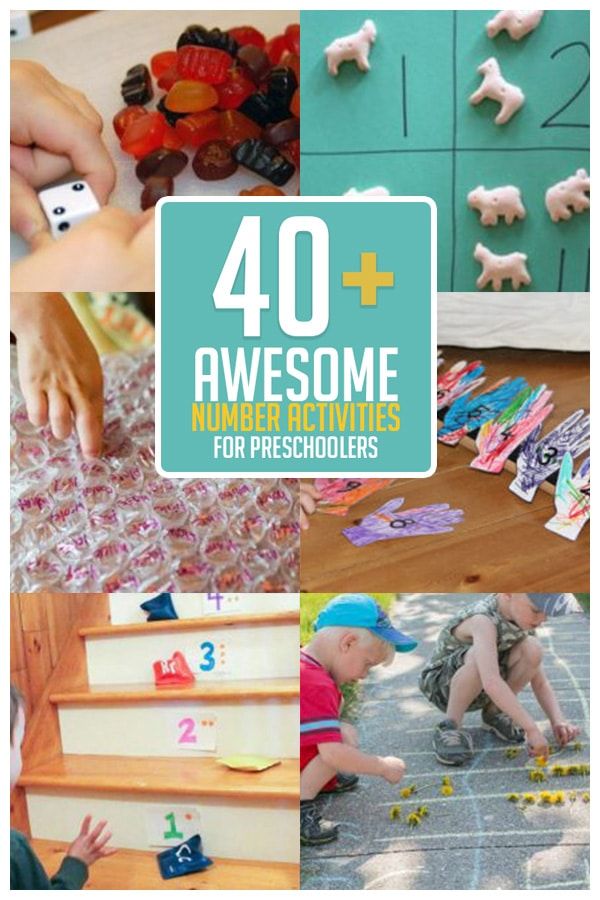 But more importantly, he will love this activity when he understands what opportunities it opens up.
But more importantly, he will love this activity when he understands what opportunities it opens up.
Educational cartoons
Studio "Kapuki Kanuki" - a wide variety of cartoons in which children are taught not only to read and count, but even to play. After all, even the most beloved toy can get bored, and together with cartoon characters you can find a new use for it. Cartoons that teach a lot of useful games and skills are separated into a separate cycle called "Fun School".
All series of the cartoon
Cheerful School with Masha Kapuki Kanuki — Cars Mokas are preparing Slime Dessert! Toys in videos for kids
Merry School with Masha Kapuki Kanuki - Nicolas the turtle is going to the emergency room! Hospital games
Fun school with Masha Kapuki Kanuki: Mokas cars are building a road! Educational videos for children
Lev's truck as a constructor! Educational videos about cars — Merry School with Masha Kapuki Kanuki
Merry School with Masha Kapuki Kanuki: we clean the grass from the pond! Educational videos for kids about cars
Fun school with Masha Kapuki Kanuki and Bianca: Lev's truck got caught in heavy rain
A fun school with Masha Kapuki Kanuki: growing cabbages! Developing videos for children
Fun school with Masha Kapuki Kanuki: playing on the playground! Educational videos for children
Fun school with Masha Kapuki Kanuki: the garbage truck fell into the pit! Video for kids about cars
Kapuki Kanuki and Fun School: Mokas cars are looking for farm animals! Cartoons and games for children
Fun school with Masha Kapuki Kanuki: Mokas cars are building a gas station! Educational videos for kids
Masha Kapuki Kanuki builds a sand castle - Outdoor games for the little ones - Video for toddlers Play-Do) - A large collection of educational videos for children
Cartoons and games with Play Do! Masha Kapuki Kanuki and her toys.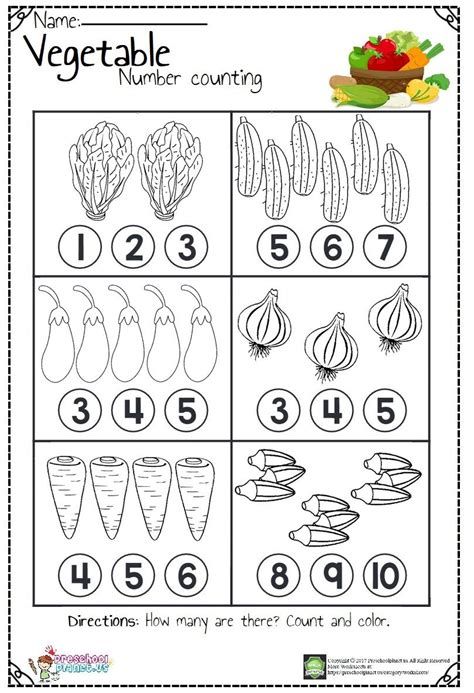 Fun School for Kids with Play Doh
Fun School for Kids with Play Doh
Plot
In each episode of this project, kids learn a variety of things - and all within the same video, because within the framework of its plot they can learn different skills. For example, one of the characters has a birthday - children look at pictures with him (this develops logic and memory), read postcards (remember letters), make a gift (plasticine crafts), etc. That is why it is interesting for children to watch online cartoons “Kapuki Kanuki. Merry School" all seasons in good quality. By the way, in some episodes the host Masha teaches children how to cook. And you can send her recipes of your favorite dishes - who knows, maybe in one of the issues she will cook something according to your recipe!
Why is the animated series useful?
Many parents try to prepare their child for school in all seriousness. Indeed, it is very important that the baby learns to read, count and write. But this should not be an end in itself.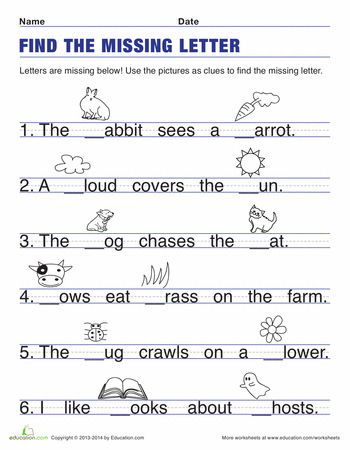 Such a formal approach with the pursuit of results will cause the child to aversion to learning. But the cartoons "Merry School" will be a wonderful visual aid that will help parents prepare their child for more serious activities. The fact is that today there are many cartoons that teach letters and numbers to kids. But not so there are not many videos designed for the development of fine motor skills. Meanwhile, psychologists note the relationship between the level of development of fine motor skills, speech, reading and writing abilities. Therefore, the crafts that children learn to do with cartoon characters are as important as learning the alphabet.
Such a formal approach with the pursuit of results will cause the child to aversion to learning. But the cartoons "Merry School" will be a wonderful visual aid that will help parents prepare their child for more serious activities. The fact is that today there are many cartoons that teach letters and numbers to kids. But not so there are not many videos designed for the development of fine motor skills. Meanwhile, psychologists note the relationship between the level of development of fine motor skills, speech, reading and writing abilities. Therefore, the crafts that children learn to do with cartoon characters are as important as learning the alphabet.
Be sure to provide a place for your child to practice. He should have a comfortable table at which he can draw or sculpt from plasticine, repeating the characters of the Kapuki Kanuki cartoons. You can also keep notebooks, albums, pencils and felt-tip pens here. At the same time, this will teach the child to order. And one more important point - although the Merry School cartoons have a short duration, it is better not to watch many episodes in a row at once, the child's attention will be scattered.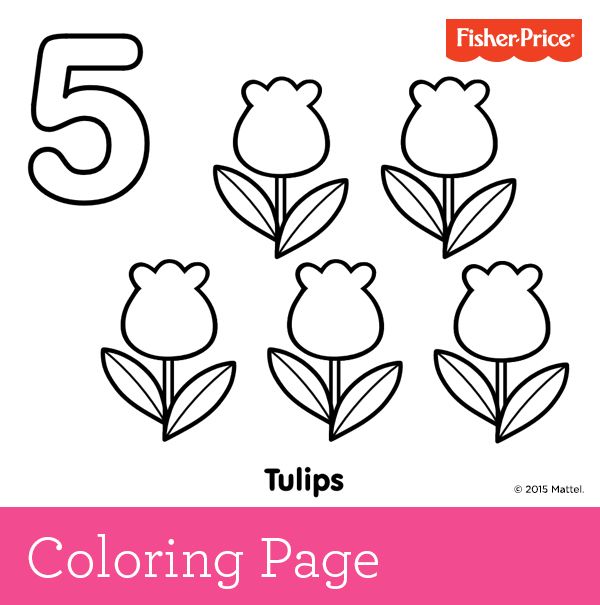 Give this activity only 15 minutes, and then switch to outdoor games.
Give this activity only 15 minutes, and then switch to outdoor games.
Classes on cartoons
As you know, a child perceives better the information that he receives in a playful way. It is on this principle that the Aunt Owl Lessons project is based, which is rightfully considered one of the best educational series. It can even be called comprehensive, it covers so many different areas, from the alphabet to painting or the basics of a healthy lifestyle. But kids start, of course, with the section "Learn and learn: numbers and letters."
All cartoon series
Story and learning
Aunt Owl and her helpers will happily introduce the little ones to numbers and letters. Moreover, all information will be presented in a simple and accessible form. Each series is dedicated to one number or letter. Watch online cartoons “Lessons of Aunt Owl. Learn and Learn: Numbers and Letters” will be interesting for all kids. The child will not be able to remember all the information right away, so you will regularly return to one or another episode.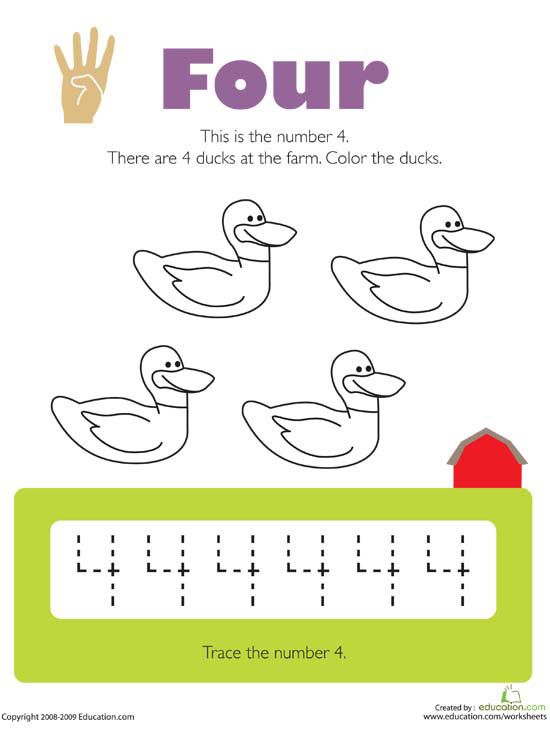 Together with Aunt Owl, the baby will learn to count to ten, and then perform simple arithmetic operations (add, subtract, and even multiply and divide). And in the ABC-Baby series, he learns who invented the alphabet and why, how the letters were called in the old days and how they are written now.
Together with Aunt Owl, the baby will learn to count to ten, and then perform simple arithmetic operations (add, subtract, and even multiply and divide). And in the ABC-Baby series, he learns who invented the alphabet and why, how the letters were called in the old days and how they are written now.
Of course, in order to consolidate the result, one must not only watch the cartoon, but also try to apply the knowledge gained in it in practice. You can repeat the lessons of Aunt Owl even on a walk, without burdening the baby with written lessons - for example, count how many red cars you will meet on the way to the park or how many flowers have bloomed in the flowerbed today.
At what age should you watch a cartoon?
Some parents believe that before preparing for school, the child does not need to be taught to read - nothing will be missed, but vision will be better. Others, on the contrary, are of the opinion that the sooner a child learns to read, the better, because he will immediately discover the wonderful world of fairy tales and fascinating stories.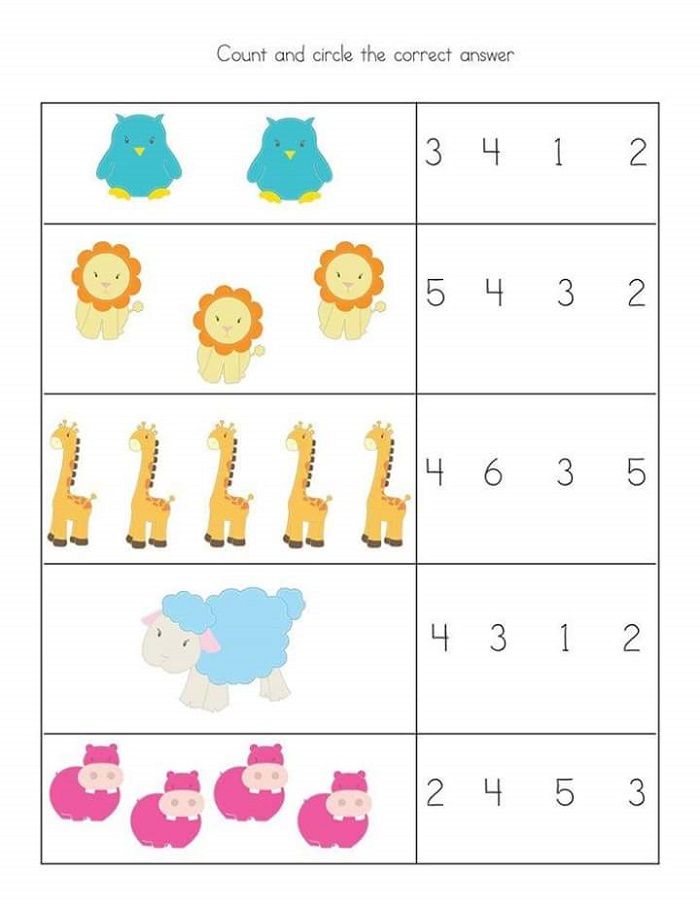 In fact, the truth, as is often the case, lies somewhere in the middle. After all, a lot depends on the temperament and inclinations of the child - someone is diligent enough to learn to read and enjoy reading, while someone else is fond of cartoons and outdoor games only. The series "Lessons of Aunt Owl" is designed for children aged 2 to 6 years. The duration of the series is only a few minutes, so even the most restless children simply do not have time to get bored. This also applies to the cycle of cartoons dedicated to numbers.
In fact, the truth, as is often the case, lies somewhere in the middle. After all, a lot depends on the temperament and inclinations of the child - someone is diligent enough to learn to read and enjoy reading, while someone else is fond of cartoons and outdoor games only. The series "Lessons of Aunt Owl" is designed for children aged 2 to 6 years. The duration of the series is only a few minutes, so even the most restless children simply do not have time to get bored. This also applies to the cycle of cartoons dedicated to numbers.
Foreign for children
Many parents agree that a child should learn a foreign language. However, they usually choose English and this is very practical - over time, when the child grows up, he will be able to explain himself in any country in the world, this will make it easier for him to study or career. Nevertheless, Spanish is the third most widely spoken language in the world, and therefore it is worth thinking about learning it.
The plot and features of learning
Cartoons from the "Mizyaka Dizyaka" studio from the "Learn Spanish" series help the child to get comfortable - to learn their first words in this language.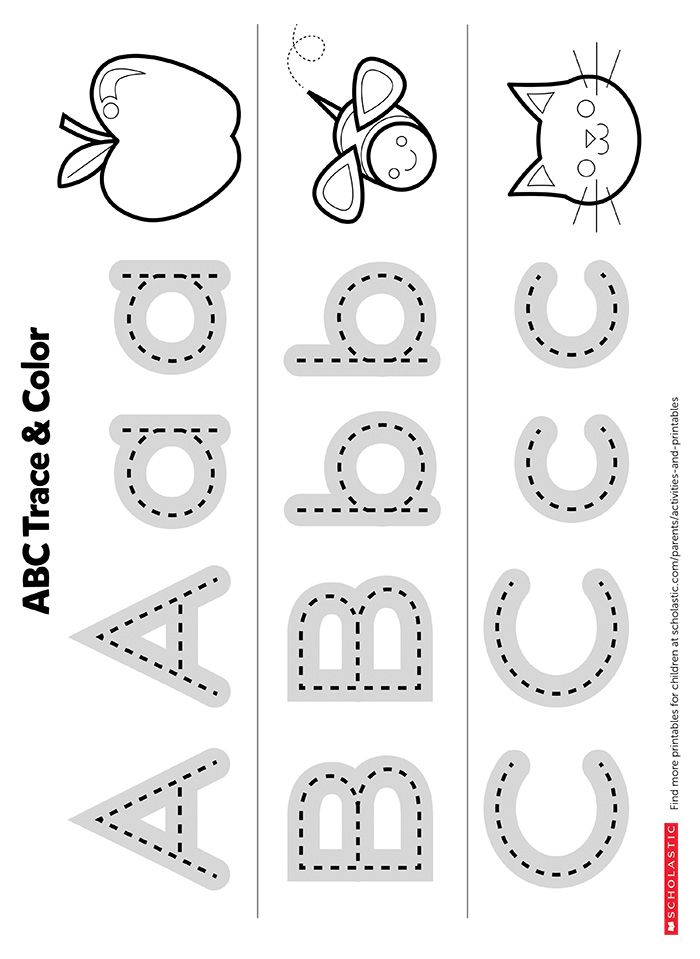 Training takes place according to the most modern methods. Children are taught numbers, letters, basic mathematical concepts (counting, geometric shapes) - and all this in Spanish. Toddlers will learn how the days of the week are called in Spanish, domestic and wild animals, various working machines, etc. In fact, these are the same videos that the Mizyaka Dizyaka studio releases in Russian. Here, too, locomotives and rockets, trucks and fire trucks act as the main characters.
Training takes place according to the most modern methods. Children are taught numbers, letters, basic mathematical concepts (counting, geometric shapes) - and all this in Spanish. Toddlers will learn how the days of the week are called in Spanish, domestic and wild animals, various working machines, etc. In fact, these are the same videos that the Mizyaka Dizyaka studio releases in Russian. Here, too, locomotives and rockets, trucks and fire trucks act as the main characters.
This is a really effective teaching method, and this is not surprising, because it was developed by professionals. The creator of the videos, Yulia Litvinova, graduated with honors from the Pedagogical University in Novosibirsk. In her cartoons, she tries to put the most serious training moments into a game form, because it is much easier to achieve the desired result.
Why should a child learn Spanish?
Many experts believe that the English language is gradually losing its position. In the near future, it will be replaced by Arabic, Chinese and Spanish.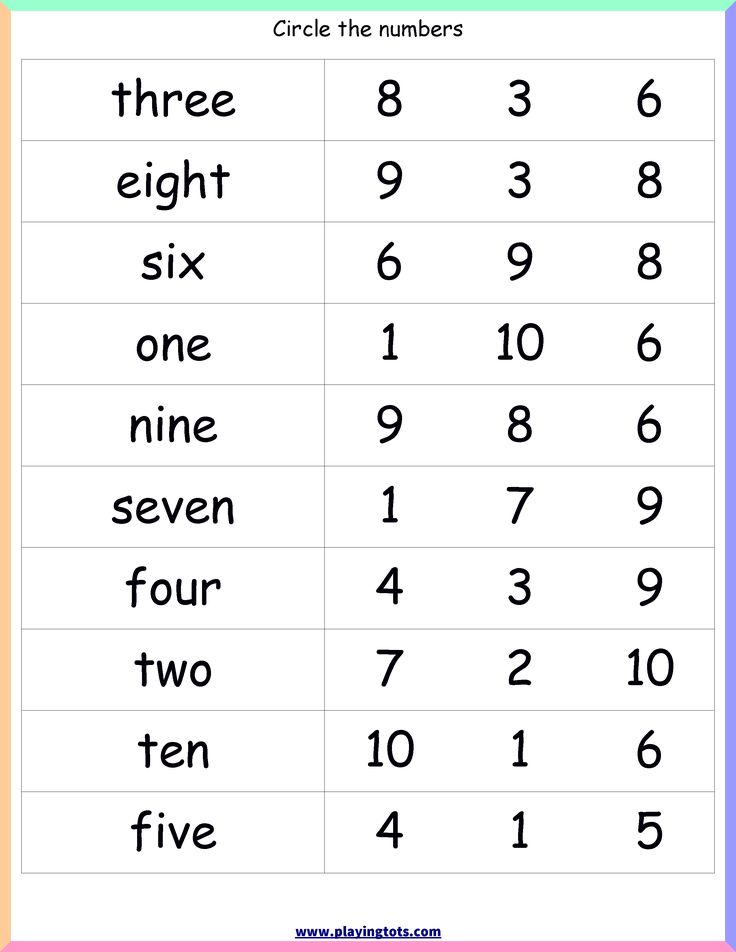 So, today more than 400 million people speak Spanish, not only in Spain, but also in most countries of Latin America. And in the United States, more than 40 million migrants continue to speak Spanish. So the child will grow up in a world where this language will be in demand in business communication. In addition, Spanish is very beautiful and melodic, and more importantly, easy to learn.
So, today more than 400 million people speak Spanish, not only in Spain, but also in most countries of Latin America. And in the United States, more than 40 million migrants continue to speak Spanish. So the child will grow up in a world where this language will be in demand in business communication. In addition, Spanish is very beautiful and melodic, and more importantly, easy to learn.
Spain is not only a popular tourist destination. There are relatively inexpensive universities that provide an excellent education. But in order to study in them, you need to know the language. Having started learning in early childhood along with the videos of "Mizyak Dizyak", over time your child will be able to speak this language fluently - of course, with conversational practice.
It is important for kids not only to learn letters, numbers, colors and shapes, but also to learn how to compare different objects or their characteristics with each other. This is the development of analytical thinking. Unfortunately, there are many cartoons that are devoted to the study of letters and colors, but very few of those that teach how to compare. Well, Very Important Channel has corrected that omission!
Unfortunately, there are many cartoons that are devoted to the study of letters and colors, but very few of those that teach how to compare. Well, Very Important Channel has corrected that omission!
The plot of the cartoon
Children should definitely watch online cartoons "Learning to compare with Barbos" on our website, as they teach kids important things in an accessible way. All training is built according to a simple scheme - the talking dog Barbos is driving along the road in his car and, together with the kids, examines various objects, introduces the children to the concepts of “high and low”, “big and small”, “fast and slow”. And after that, he begins to compare different things, explaining which of them are higher and which are lower, which are larger and which are smaller, which items are edible and which are inedible.
Although the videos run for a little over four minutes, this is enough time for a first acquaintance with such subjects. In these cartoons, he will constantly meet different characters, learn different things, so he simply will not have time to get bored.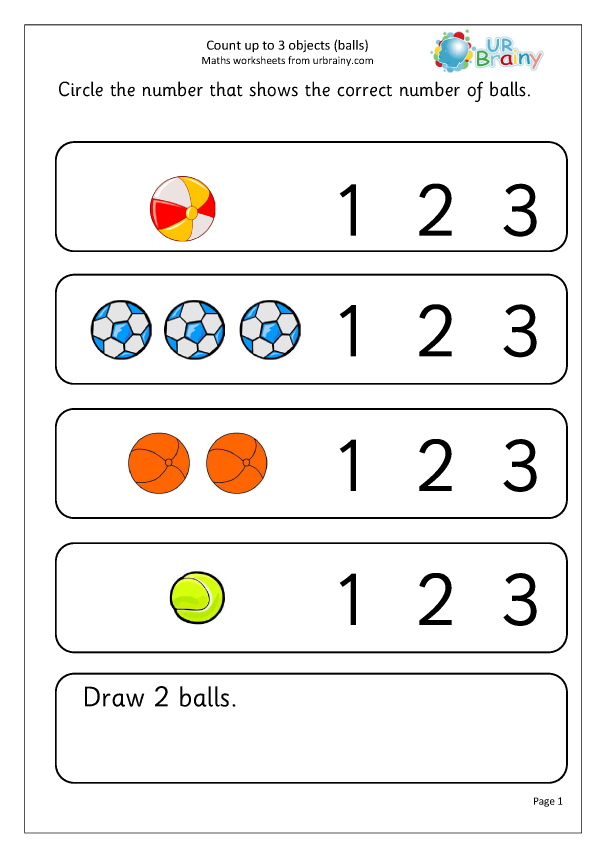 Yes, and the talking dog Barbos will surely arouse the interest of the baby, and the desire to watch another cartoon in itself will be a motivation for further learning.
Yes, and the talking dog Barbos will surely arouse the interest of the baby, and the desire to watch another cartoon in itself will be a motivation for further learning.
How to teach a child to compare objects?
Learning to compare with Barbos Cartoons alone are not enough to teach a child to analyze and classify. The easiest way to show the child the difference is with a specific example. And first you need to master the most accessible method of imposition for children's perception. For example, you can take two sheets of paper of different sizes and put them on top of each other so that the child can clearly see which one is larger and which one is smaller. Using the example of a deep and dessert plate, you can introduce the child to the concepts of “deep and shallow”. And at first you just need to compare things based on visual perception. And only then you can teach the baby to use a ruler for measurements.
Of course, all this knowledge and skills need to be consolidated with the help of educational cartoons from the Very Important Channel.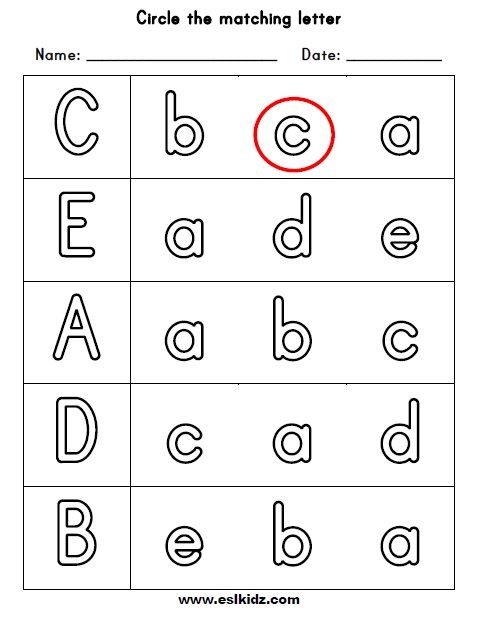 Be sure to watch the videos with your baby and then play them in a game situation - for example, on the way to the park, compare two trees in height or play the game “edible - inedible”. At first, such a game should be very simple, but as the child's abilities develop, it can become more complicated.
Be sure to watch the videos with your baby and then play them in a game situation - for example, on the way to the park, compare two trees in height or play the game “edible - inedible”. At first, such a game should be very simple, but as the child's abilities develop, it can become more complicated.
Words - learn words
The fastest baby remembers the words that he often hears in everyday life. However, the vocabulary needs to be expanded so that the child can clearly formulate his thoughts. And in this, parents will be helped by wonderful educational videos from the TV-Kids Internet channel, which will increase the child's vocabulary and introduce him to many interesting things.
What do cartoons teach?
Why is it worth watching cartoons "Slovechki" online? They help the child remember the names of wild and domestic animals, fruits and vegetables, various objects that he can see in the world around him. Moreover, each word is accompanied by comments - for example, there are grapes, and many bunches of grapes grow on the vine. Juice is made from grapes, which the baby loves to drink so much. Such an associative chain contributes to a faster memorization of new information.
Juice is made from grapes, which the baby loves to drink so much. Such an associative chain contributes to a faster memorization of new information.
At what age should you watch cartoons? It should be noted that children begin to memorize words from the age of six months. But such kids don't need cartoons yet. A one-year-old child should already know 3-4 words. And by the age of two, his vocabulary should be 50 words. From this age it is worth watching cartoons "Words" to memorize new words.
We increase the child's vocabulary
Words - we learn words. In order for a child to be able to clearly express his thoughts, his vocabulary needs to be constantly worked on. It is very important to constantly talk with the baby, read aloud to him, highlighting new words from the text and explaining their meaning. Psychologists and educators are also advised to look at picture books together with the child. Unfortunately, modern children perceive a static image worse, because since childhood they have been surrounded by a very dynamic, constantly changing world on the TV screen, mother's smartphone or father's tablet, moving pictures are constantly present.

